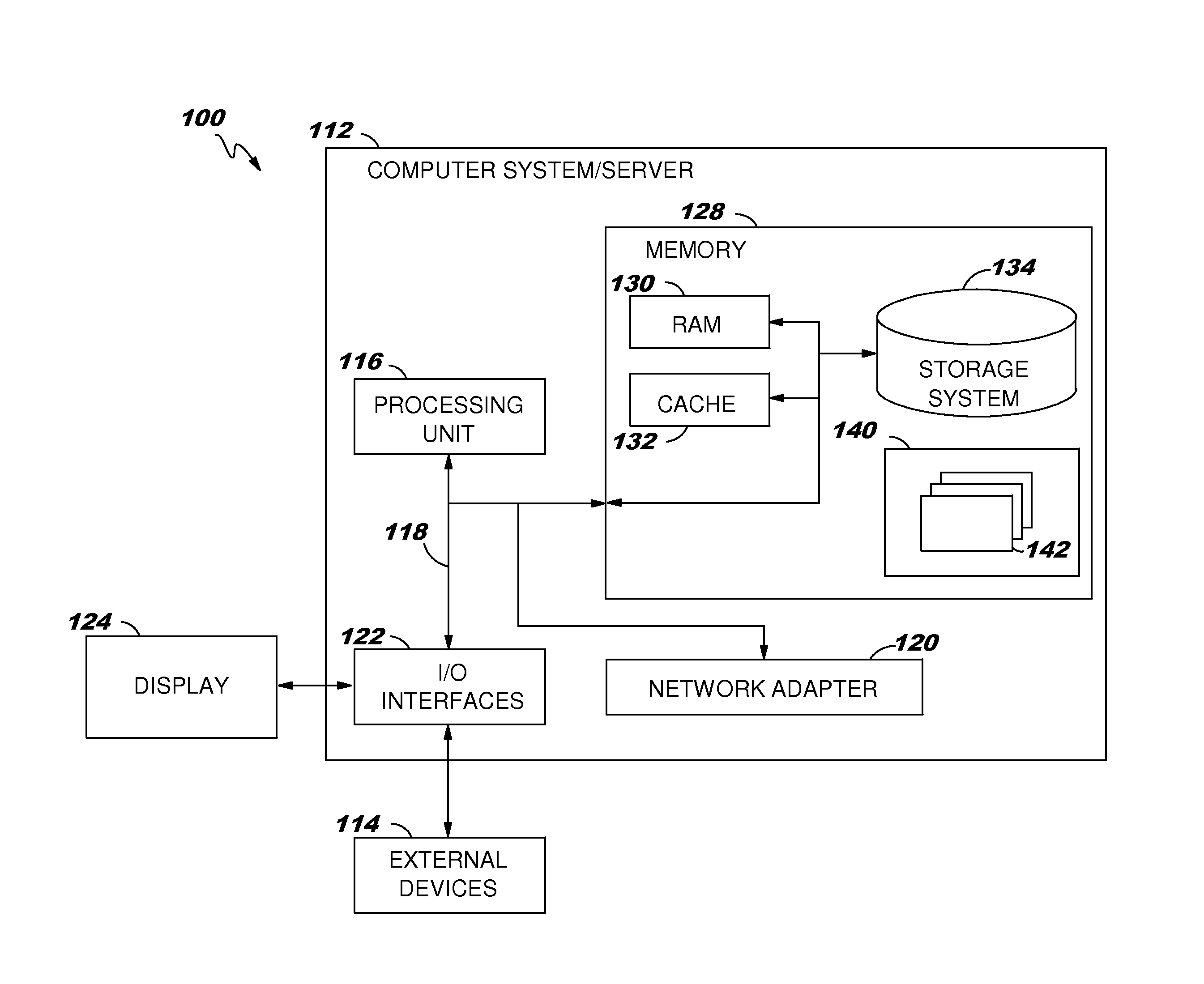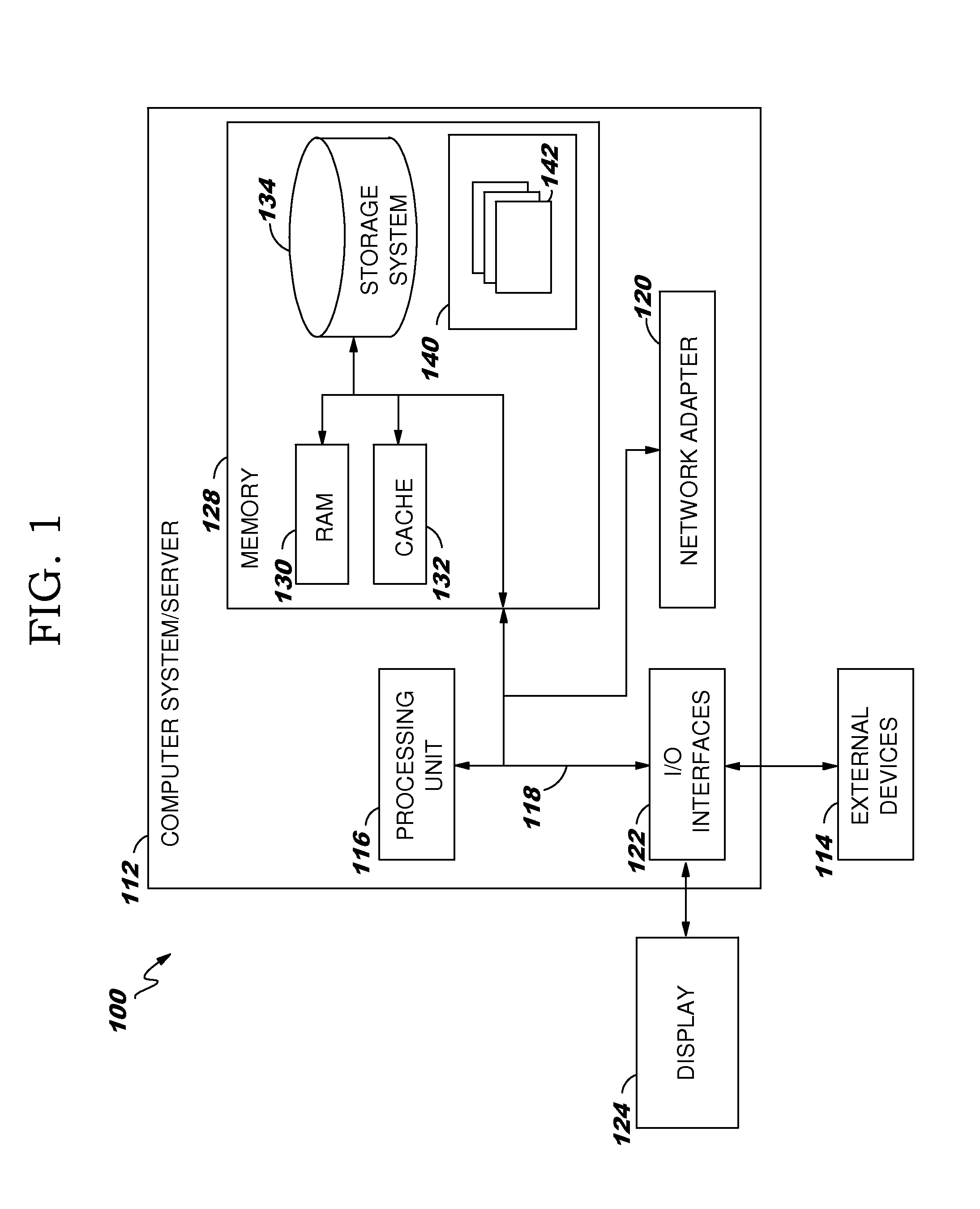Detecting visual impairment through normal use of a mobile device
a mobile device and visual impairment technology, applied in the field of detecting visual impairment, can solve the problems of irreversible damage, troublesome testing for indications of eye disease in patients of all ages,
- Summary
- Abstract
- Description
- Claims
- Application Information
AI Technical Summary
Benefits of technology
Problems solved by technology
Method used
Image
Examples
first embodiment
[0043]FIG. 5 is a flow diagram of analyzing visual interaction with the mobile device for operating patterns indicating visual impairment in accordance with a A user baseline is established for the mobile device, which is then compared to recent operating patterns to determine whether a change has occurred indicating visual impairment. The foregoing assumes a single user, but may easily be modified for several users of the same mobile device as described below. The foregoing may be performed by a central processing unit with activity information from one or more mobile devices (e.g., mobile phone and tablet). Alternatively, the foregoing may be performed individually by the mobile devices with the results forwarded to a processor.
[0044]In a first step 500 a counting variable m is set to 0. This variable is utilized to count through the number of mobile devices n being tracked for operating pattern changes. For example, if the operating patterns of three different mobile devices are...
second embodiment
[0054]FIG. 6 is a flow diagram of analyzing visual interaction with the mobile device for operating patterns indicating visual impairment in accordance with a A user baseline is established for the mobile device, which is then compared to recent operating patterns to determine whether a change has occurred indicating visual impairment. The foregoing assumes a single user, but may easily be modified for several users of the same mobile device as described below. The foregoing may be performed by a central processing unit with activity information from one or more mobile devices (e.g., mobile phone and tablet). Alternatively, the foregoing may be performed individually by the mobile devices with the results forwarded to a processor.
[0055]In a first step 600 a counting variable m is set to 0. This variable is utilized to count through the number of mobile device n being tracked for operating pattern changes. For example, if the operating patterns of three different mobile devices are ...
PUM
 Login to View More
Login to View More Abstract
Description
Claims
Application Information
 Login to View More
Login to View More - R&D
- Intellectual Property
- Life Sciences
- Materials
- Tech Scout
- Unparalleled Data Quality
- Higher Quality Content
- 60% Fewer Hallucinations
Browse by: Latest US Patents, China's latest patents, Technical Efficacy Thesaurus, Application Domain, Technology Topic, Popular Technical Reports.
© 2025 PatSnap. All rights reserved.Legal|Privacy policy|Modern Slavery Act Transparency Statement|Sitemap|About US| Contact US: help@patsnap.com



